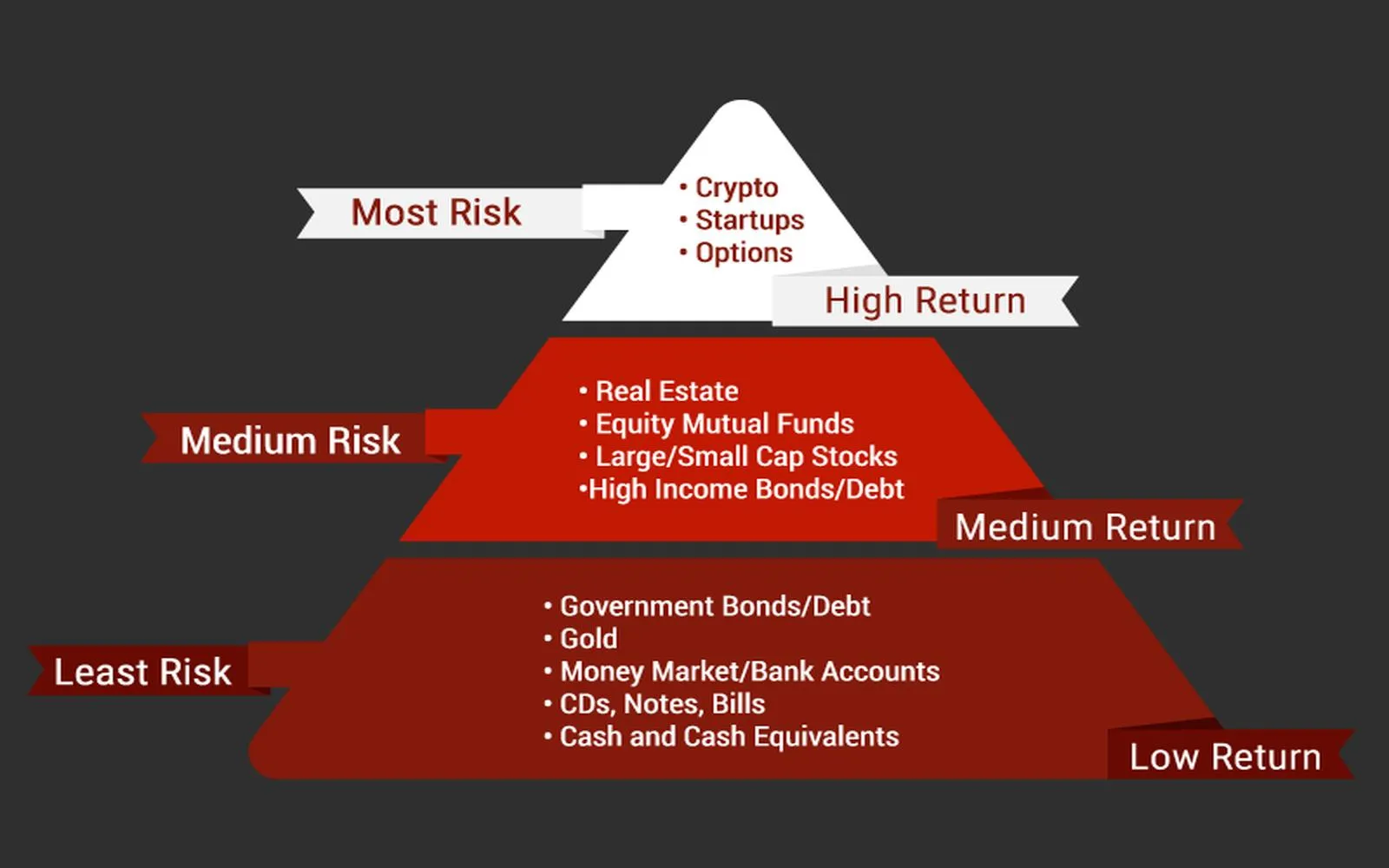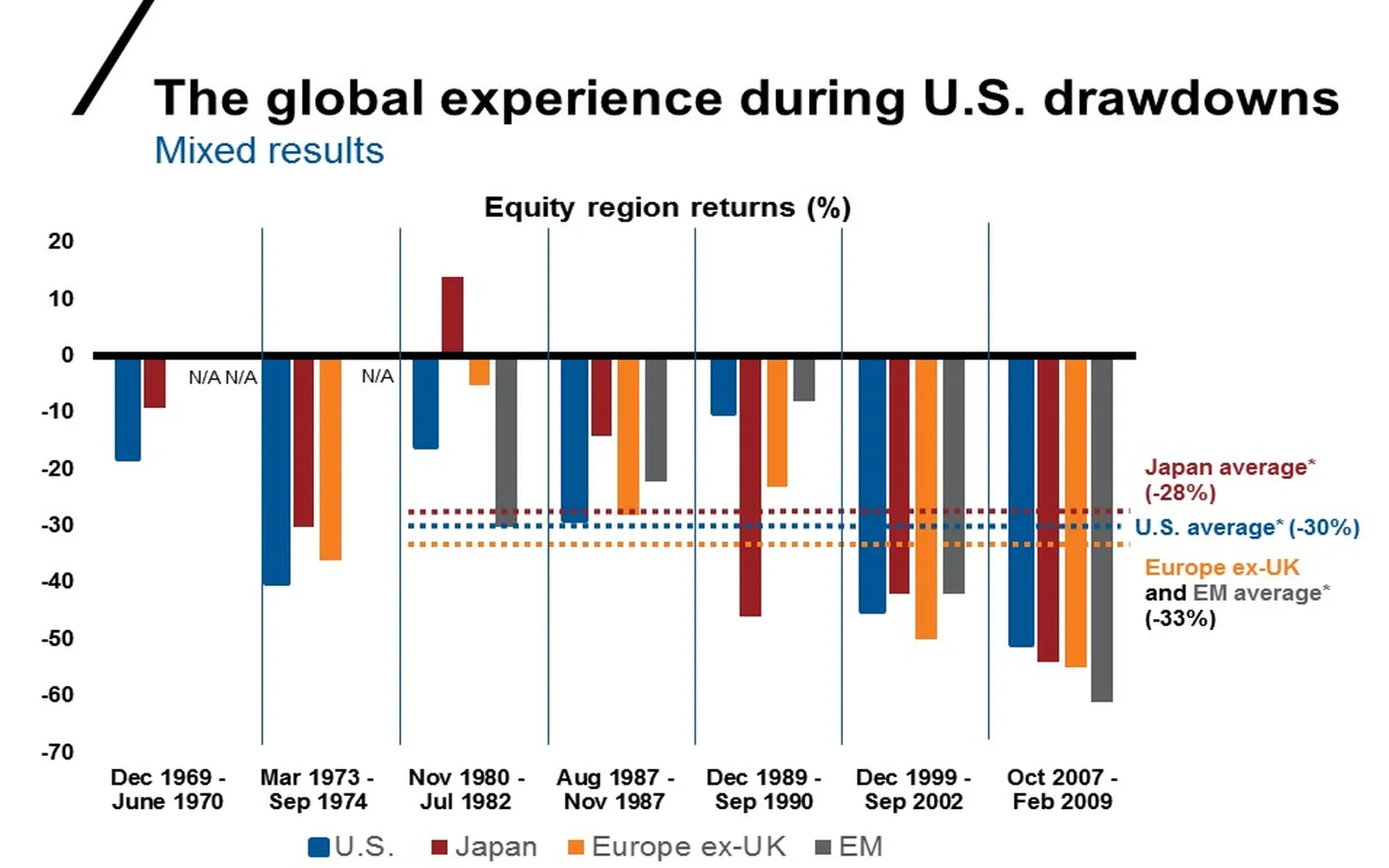Investing for retirement is a crucial step in ensuring financial security in your later years. With the right strategies, you can build a substantial nest egg that will allow you to enjoy a comfortable lifestyle post-retirement. Here, we discuss essential investment strategies that can help you achieve your retirement goals.
Understanding Retirement Accounts
The first step in your retirement investing journey is to familiarize yourself with various retirement accounts. Common options include:
- 401(k): Offered by employers, this plan allows you to save a portion of your salary before taxes are taken out.
- IRA (Individual Retirement Account): This personal account offers tax advantages for retirement savings.
- Roth IRA: Contributions are made with after-tax dollars, allowing for tax-free withdrawals in retirement.
Choosing the right account depends on your financial situation and long-term goals. Many financial advisors recommend maximizing contributions to employer-sponsored plans, particularly if there is a company match, as this is essentially free money.
Diversification: A Key to Reducing Risk
Diversification is a fundamental principle of retirement investing that involves spreading your investments across various asset classes. This strategy can help mitigate risks associated with market volatility. Consider including a mix of:
- Stocks: Historically, stocks have offered higher returns over the long term, making them a popular choice for growth.
- Bonds: Typically viewed as safer investments, bonds can provide steady income and reduce overall portfolio volatility.
- Real Estate: Investing in real estate can create a passive income stream and serve as a hedge against inflation.
By diversifying your portfolio, you can better protect your investments from downturns in specific sectors.
Asset Allocation: Finding the Right Balance
Asset allocation refers to the way you distribute your investments among different asset classes. The right mix will depend on factors such as your age, risk tolerance, and financial goals. Generally, younger investors can afford to take on more risk with a higher allocation in stocks, while those nearing retirement may want to shift towards more stable investments like bonds.
Here’s a simple asset allocation chart to illustrate different strategies based on age:
| Age | Stocks | Bonds | Cash |
|---|---|---|---|
| 20-30 | 80% | 15% | 5% |
| 30-40 | 70% | 25% | 5% |
| 40-50 | 60% | 35% | 5% |
| 50-60 | 50% | 40% | 10% |
| 60+ | 30% | 60% | 10% |
This chart serves as a guideline; however, personal circumstances may dictate a different approach.
Investing in Index Funds and ETFs
For many investors, index funds and exchange-traded funds (ETFs) are excellent options for retirement investing. These funds track specific market indices, providing diversification and lower fees compared to actively managed funds. Here are some reasons to consider them:
- Cost-effective: Lower expense ratios mean more of your money is working for you.
- Passive management: Index funds require less active management, which can be beneficial for long-term investors.
- Diversification: Investing in an index fund gives you exposure to a broad range of stocks or bonds.
Before investing in any fund, be sure to review its performance history, expense ratios, and underlying assets.
Regular Contributions and Dollar-Cost Averaging
One effective strategy for retirement investing is to make regular contributions to your retirement accounts. This practice, known as dollar-cost averaging, involves investing a fixed amount of money at regular intervals, regardless of market conditions. This approach can help reduce the impact of market volatility on your portfolio.
By consistently contributing to your retirement accounts, you not only take advantage of compounding returns but also instill a disciplined saving habit.
Consulting a Financial Advisor
Finally, working with a financial advisor can provide personalized guidance tailored to your specific financial situation. An advisor can help you develop a comprehensive retirement plan, recommend appropriate investment strategies, and adjust your portfolio as your needs change over time.
In conclusion, building your wealth for a comfortable retirement requires a well-thought-out investment strategy. By understanding retirement accounts, diversifying your investments, and employing effective strategies like dollar-cost averaging, you can set yourself on the path to financial security in your golden years. Start planning today to ensure a brighter tomorrow.









